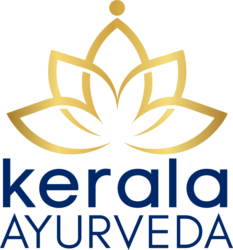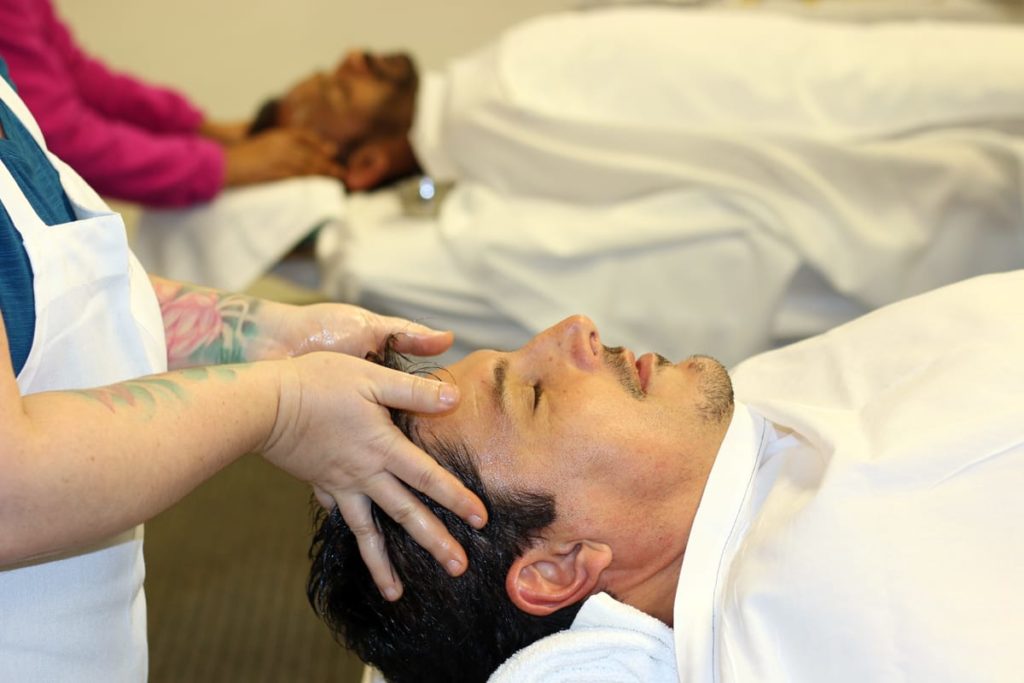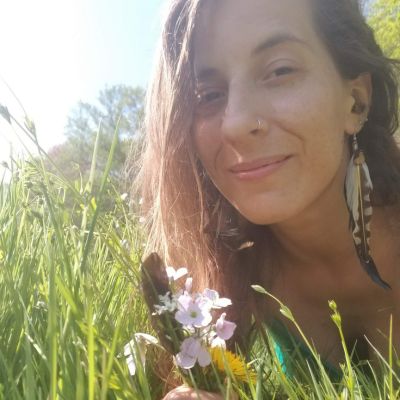Since ancient times, Panchakarma or “five actions” therapy has been used in traditional Indian medicine as an intervention of the disease process. Panchakarma includes various bodywork techniques, client-customized oils and special diets, with each program fully customized for the individual based on their unique constitution and health conditions. As the demand for Panchakarma therapies increases, more health professionals are equally interested in learning how to perform them.
Panchakarma’s role in the healing process
Panchakarma is a purification process of the total mind-body system. The first step of these therapies is to detoxify: eliminate accumulated toxins, wastes and blocked channels creating the imbalance. The second step is to rejuvenate: restore and strengthen the system for optimal functionality. It is the combination of these two steps which makes Panchakarma especially effective.
For complex diseases, Panchakarma may be essential to prevent disease from advancing or spreading, and in some cases, can restore the system to a healthy state. For mild imbalances, Panchakarma may be utilized as a preventative measure to prevent disease. For this reason, Panchakarma offers a versatile approach to both disease prevention and management.
The scope of practice of a Panchakarma Technician
As Ayurveda gains popularity amongst wellness seekers, the professional Ayurvedic community continues to increase standards of education and competency. According to the standards of the National Ayurvedic Medical Association (NAMA), Ayurvedic professionals must be introduced to Panchakarma at the first level of study, with more advanced requirements at at level II and level III. The three levels of professional Ayurvedic practice equip the practitioner to offer an assessment and protocol, with the ability to recommend some Panchakarma therapies at level I, or design a complete Panchakarma program at levels II and III. Implementation of the Panchakarma program requires specialty training as a Panchakarma Technician. Kerala Ayurveda Academy offers all four certifications.
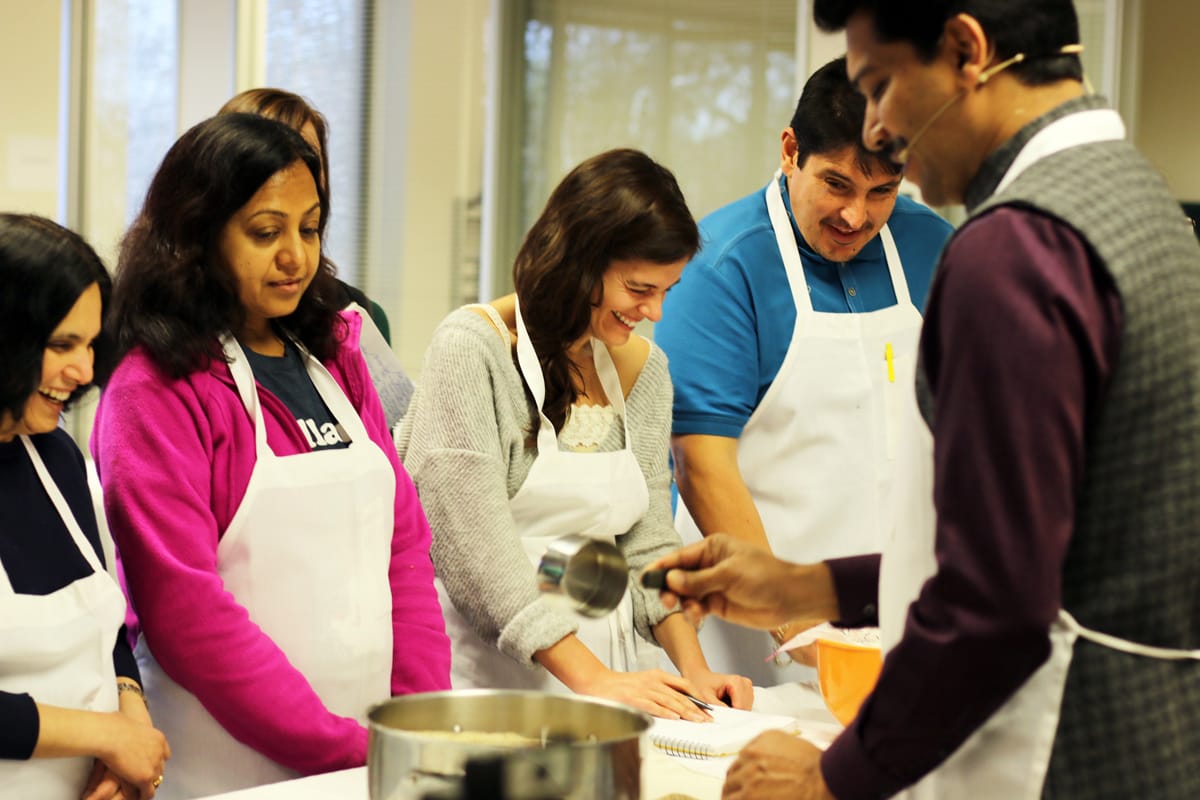
Why study Panchakarma?
The decision to advance as an Ayurvedic professional is a personal choice with several considerations. For some, implementation of the Panchakarma protocol as a technician is the end goal; for others, increased knowledge and well-roundedness as a practitioner is desired.
Licensed healthcare practitioners & healers from all backgrounds can apply their Panchakarma knowledge to enhance their current practice.
Ayurvedic professionals, massage therapists, bodyworkers and estheticians may enhance their treatments, services and products.
Ayurvedic professionals may open Panchakarma centers, wellness centers, spas or resorts offering Ayurvedic body therapies.
Entrepreneurs may develop Ayurvedic products for Panchakarma therapies.
Here are some of the reasons we see knowledge of Panchakarma theory and practice as useful to the Ayurvedic professional in the West.
Health seekers are increasingly searching for natural and traditional solutions
With chronic illness and planetary toxicity at alarming rates, increasing numbers of health seekers are searching for natural and sustainable solutions. According to a survey by the National Center for Complementary and Integrative Health, 38% of Americans currently use some form of Complementary and Alternative Medicine, which encompasses a variety of holistic modalities including Ayurveda.1 Traditional practices like Ayurveda are primed to support this increasing demand. Panchakarma is one of the most effective natural methods for eliminating toxins, targeting the root of chronic illness and supporting individuals of all ages. This is all achieved without invasive surgery, damaging or compromising the system.
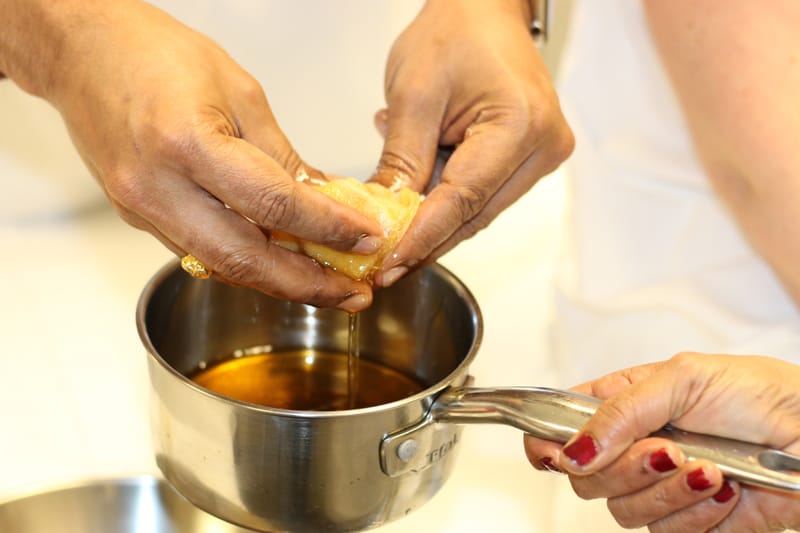
Health seekers are also tired of bandaids and want deeper, long lasting results
Ayurveda is a way of life designed to achieve harmony of mind, body and spirit. Its first goal is to preserve the health of the healthy, with the second goal being to manage the imbalances of the sick. From an Ayurvedic perspective, there are two steps towards reaching optimal health before living with an illness would be an outcome, though this the reality for millions of people who haven’t found solutions to their imbalances. Most are not just sick, but sick of being sick. Lifestyle and diet changes alone are not enough for some of these individuals, as they require a deeper intervention.
Panchakarma exists specifically to target the deepest roots, untangle the systemic imbalance and offer the chance to live a healthy life. With some lifestyle modifications afterwards, some individuals may be able to live without any reoccurrence of the imbalance. The financial investment is for so much more than the Panchakarma therapy or program itself: it’s for a lifetime of health.
Advanced training in Ayurvedic modalities allows you to improve overall effectiveness and operate independently
In a traditional Ayurvedic healing complex, the Ayurvedic Doctor is a unique role, separate from the Panchakarma Technician. These roles are clearly defined in the scopes of practice currently followed in the U.S. as stipulated by NAMA, though nothing stops an individual from studying or assuming both roles. Knowledge of Panchakarma implementation will enhance the ability of a Counselor (AHC – level I) to recommend therapies within their scope of practice. For Practitioners (AP – level II) or Ayurvedic Doctors (AD – level III), it will assist their ability to design complete Panchakarma programs.
For Ayurvedic professionals in the West, a well-rounded education offers the widest toolkit for assisting client demand. It also helps an individual stand out in the field, opening up the most opportunity for professional advancement.
Healing interventions which target the root cause of illness are the medicine of the future
Whether you wish to run your own Ayurvedic center, partner with other practitioners, or integrate with other modalities, Panchakarma offers a vital role in the satisfaction of your clients. Its potential for healing is the answer to so many complaints of today’s health seekers: that everything they have tried isn’t working, or the side effects are unpleasant, that they cannot afford ongoing medical bills and medications, and that they are tired of living each day with illness.
In addition to seeing clients, advanced Ayurvedic practitioners may have an increasing opportunity to consult with integrative and allopathic practices. It is our goal at Kerala Ayurveda to spread awareness of this health science and bridge the gap between tradition and modern medicine. It’s our commitment to preserve and promote the traditional Ayurvedic methodologies, and we are hopeful for the future of natural solutions like Panchakarma. In addition to empowering the health practitioners of tomorrow, we look forward to curbing the tide of chronic illness and improving quality of life for many.
Source
1. “The Use of Complementary and Alternative Medicine in the United States,” The National Center for Complementary and Integrative Health (NCCIH).
